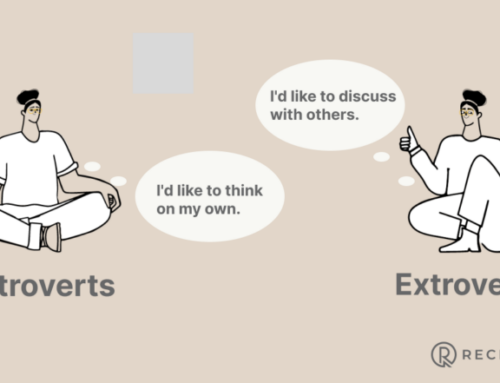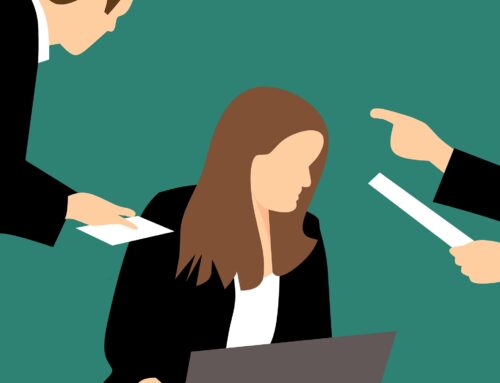How to prevent human rights infringement in the workplace

According to the United Nations, human rights are inherent to everyone, regardless of race, sex, nationality, ethnicity, language, religion, or other statuses. This is to protect everyone’s human rights without discrimination.
What are these basic rights we are talking about?
- Right to life and liberty
- Freedom from slavery and torture
- Freedom of opinion and expression
- Right to education
- Right to work in just and favourable conditions
One of the basic human rights points that workplaces should be good and favourable enough for people to work in. Therefore, any workplace that does otherwise infringe on its employees’ basic rights. According to research, there are a lot of challenges regarding human rights protection and a decent work environment. Global changes pose some of the challenges that lead to significant loss of jobs, and for some, the reason might point to the nonchalance or ignorance of companies, employers, and human resource specialists (HRs) to prioritize human rights protection.
Cases of workplace human rights infringement
In the workplace, there are several acts people/employers/managers engage in that fall under the infringement of human rights. An example is ‘work incivility’, which you can read more about in our previous article here. Examples of human rights infringement in the workplace include; excessive work hours, child labour, unfavourable and unsafe work environments, sexual harassment, and racial discrimination, among others. Various parts of the world have experienced these examples. Therefore, there is a need for everyone to be well aware of these issues and identify the best way to prevent them from happening all over again.

In Sweden, there have been cases of bullying and gender harassment (David Hult & Jonatan Holm, 2014, Katrina Blindow, 2021). For example, in 2014, the court sentenced an employer for their negligence and lack of proper investigation into the bullying and harassment of an employee (who later committed suicide) in their workplace.
Another case of unfavourable work conditions is the overtime that some companies might be indulging in. For example, in 2021, China was one of the countries that ruled against the overtime work policy, where some people work from 9 am to 9 pm for 6 days weekly. There are also cases of child labour in developing countries, as well as racial discrimination in most parts of the world.
How can employers protect human rights in the workplace?
The most effective way for employers to achieve human rights protection in the workplace is to be fully aware of these rights. They should also make sure every employee knows it is important to protect them. Also, employers need to check the metrics and procedures they set up for dealing with issues of human rights infringement within the organization.
Employees should read up on basic human rights and labour laws. Knowing your rights will help you identify when you are being treated right or unfairly. In addition to the fundamental human rights listed above, you need to know the labour laws that apply in the country and continent you work in. For example, the European Legislation – Directive 2000/78/EC presents a framework that prohibits discrimination in employment and occupation on the basis of gender, sex, sexual orientation, race, and religion.

In Sweden’s Discrimination Act, 2008:567 under sections 4 and 5, the grounds for discrimination are explained in 7 major terms which are sex, transgender identity, ethnicity, disability, sexual orientation, age, and religion or other belief. Furthermore, in Sweden, an employer can not discriminate against an employee who is either working part-time or on fixed-term employment. Giving less beneficial pay or other terms and conditions of employment to these employees is an example of such discrimination.
According to the Discrimination Act, 2008:567 in Sweden, employers are encouraged to work on these active measures to prevent discrimination, promote equality and protect human rights:
- investigate the existence of any risks of discrimination or reprisals or any other obstacles to individuals’ equal rights and opportunities in your company.
- analyse the causes of any risks and obstacles discovered.
- take preventive and promoting measures that are within reasonable demands.
Additionally, you can protect human rights and promote equality in your workplace by:
- Having a fixed human rights and equality policy your company complies with, in relation to, e.g. recruitment, workplace environment and culture, salary, and promotion.
- Organizing a human rights and equality training, seminar, or workshop. There is a need for everyone to know and understand the standards set by the country and the company itself to promote equality.
- Assessing human rights and equality compliance in the workplace. You can do this by hiring third-party agencies or companies that focus on workplace safety and well-being.
- Introducing an anonymous whistleblowing system. This will encourage employees to speak up when they face discrimination in the workplace because they know that it will protect their identity and keep them safe.
- Staying well-informed and updated about the laws on discrimination, harassment and inequality.
We call these rights ‘human rights’ for a reason; as long as the person is human, the rights and laws protect them. There is no discrimination in human rights, and we leave you with this question that we all know the answer to: ‘should anyone be above the law?’
Other Sources:







